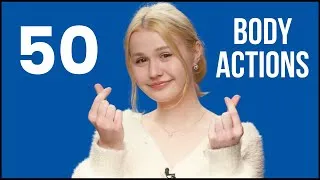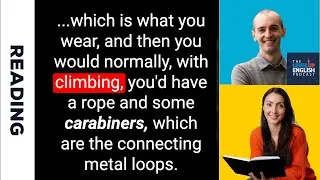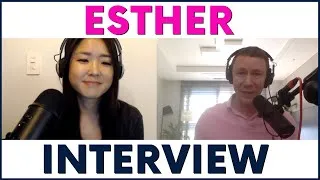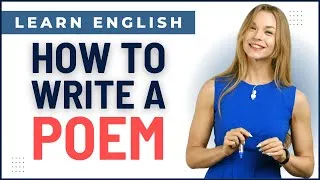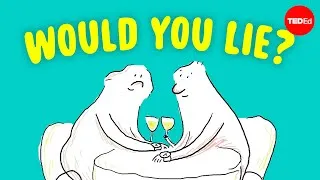Խնդրում ենք կրկնակի սեղմել ստորև ներկայացված անգլերեն ենթագրերի վրա՝ տեսանյութը նվագարկելու համար:
New videos
Այս կայքը ձեզ կներկայացնի YouTube տեսանյութեր, որոնք օգտակար են անգլերեն սովորելու համար: Դուք կտեսնեք անգլերենի դասեր, որոնք դասավանդում են բարձրակարգ ուսուցիչներ ամբողջ աշխարհից: Կրկնակի սեղմեք յուրաքանչյուր տեսանյութի էջում ցուցադրված անգլերեն ենթագրերի վրա՝ այնտեղից տեսանյութը նվագարկելու համար: Ենթագրերը պտտվում են տեսանյութի նվագարկման հետ համաժամանակյա: Եթե ունեք որևէ մեկնաբանություն կամ հարցում, խնդրում ենք կապվել մեզ հետ՝ օգտագործելով այս կոնտակտային ձևը:
